KYIV, Ukraine (AP) — Ukraine is pushing for permission from its Western partners to use the long-range missiles they have provided to strike targets deep inside Russia, as Ukrainian forces struggle to hold back Russian advances in eastern Ukraine.
Kyiv officials argue the weapons are vital to weaken Russia’s ability to strike Ukraine and force it to move its strike capabilities further from the border.
Russia has warned that it would consider allowing such long-range strikes an act of war, and Ukraine’s Western allies are wary of antagonizing the country with the world’s largest nuclear arsenal.
The issue is likely to weigh heavily on White House meetings Friday between President Joe Biden and British Prime Minister Keir Starmer, as well as with Ukrainian President Volodymyr Zelenskyy later this month.
The long-range missiles include systems like the British-led Storm Shadow and the similar French-made SCALP or the U.S.-made Army Tactical Missile System, ATACMS.
Ukraine is ramping up its own domestic programs to develop long-range weapons, including drones already capable of hitting targets deep inside Russian territory. The Western missiles, however, would offer greater precision and a far bigger destructive capacity.
The air-launched Storm Shadow and the ground-launched ATACMS are already being used by Ukraine to carry out pinpoint strikes on military installations and strategic infrastructure inside its Russian-occupied territories – but not on Russian soil.
Germany has long refused to send its long-range TAURUS missiles, citing concerns over international escalation.
Ukraine sees the ability to use long-range missiles behind enemy lines as a game-changer, allowing it to target air bases, supply depots, and communication centers hundreds of kilometers (miles) over the border.
It argues that this would help reduce Russia’s air superiority and weaken supply lines needed to launch daily airstrikes against Ukraine – with drones, missiles, and powerful glide bombs – and to sustain its military ground offensive into Ukraine.
With winter likely to slow that advance, long-range air strike capabilities will become a higher priority. Kyiv wants to go back on the offensive to offset military manpower shortages 2½ years into the war and to protect its badly-damaged power infrastructure.
Last week U.S. Defense Secretary Lloyd Austin met with Zelenskyy and appeared cool to Kyiv’s request, arguing that Ukraine has already been striking targets in Russia with domestically produced weapons. Pentagon spokesman Lt. Col. Charlie Dietz also noted the ATACMs wouldn’t be the answer to the main threat Ukraine faces from long-range Russian-fired glide bombs, which are being fired from more than 300 kilometers (180 miles) away, beyond the ATACMS reach.
The United States and other NATO members – while backing Ukraine with weapons, training and financial aid – are trying to avoid a direct confrontation with Russia.
The Kremlin says that a red line would be crossed if Western missiles are used on its territory, a warning reiterated by Russian President Vladimir Putin this week.
U.S. Secretary of State Antony Blinken and British Foreign Minister David Lammy discussed the issue at length this week in London and during a joint trip to Kyiv. They remained publicly noncommittal on any change in missile policy, but noted that Russia is seeking to further shift the strategic balance in Ukraine by acquiring Iranian long-range ballistic missiles.
For its part, Ukraine says it already has defied Russia’s red lines with its five-week incursion into Russia’s Kursk border region. Zelenskyy added that he hopes allies will make “strong decisions” when he meets with Biden later this month. ___
Follow AP’s coverage of the war in Ukraine at https://apnews.com/hub/russia-ukraine
This article first appeared on APnews.com

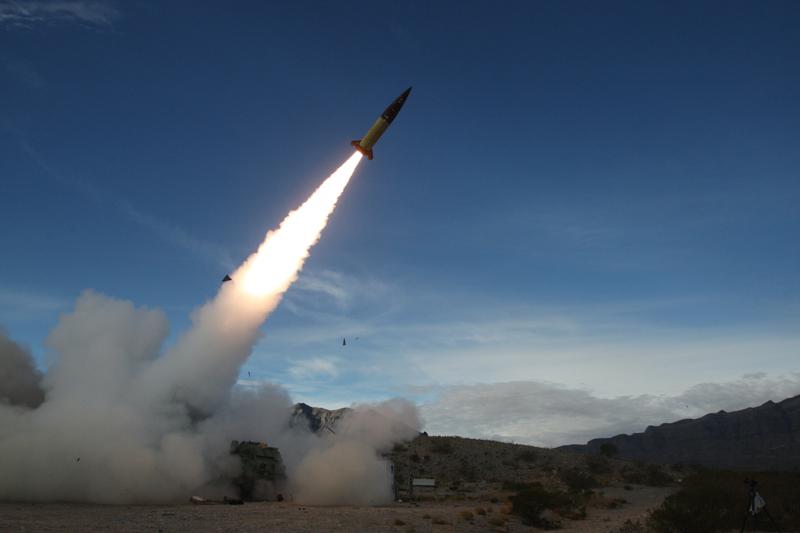

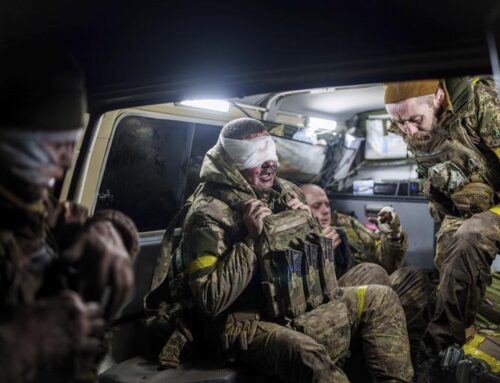
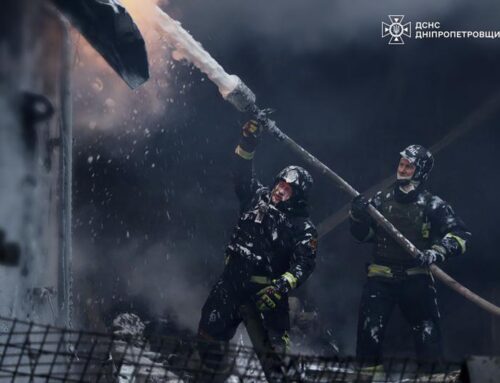
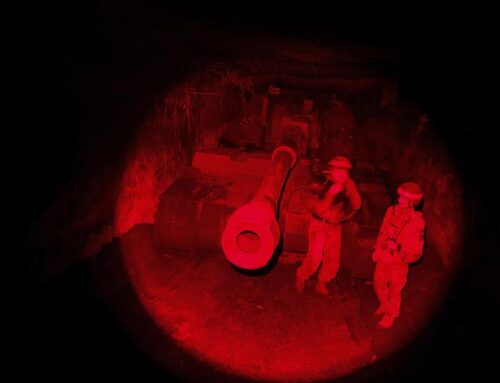
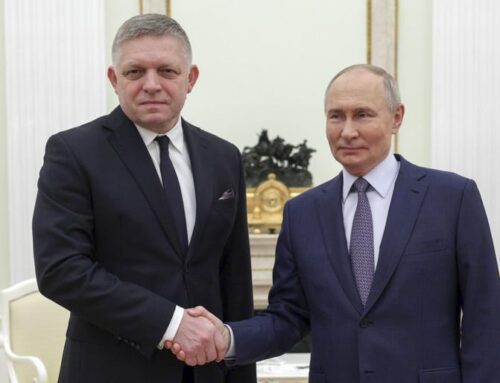

Leave A Comment